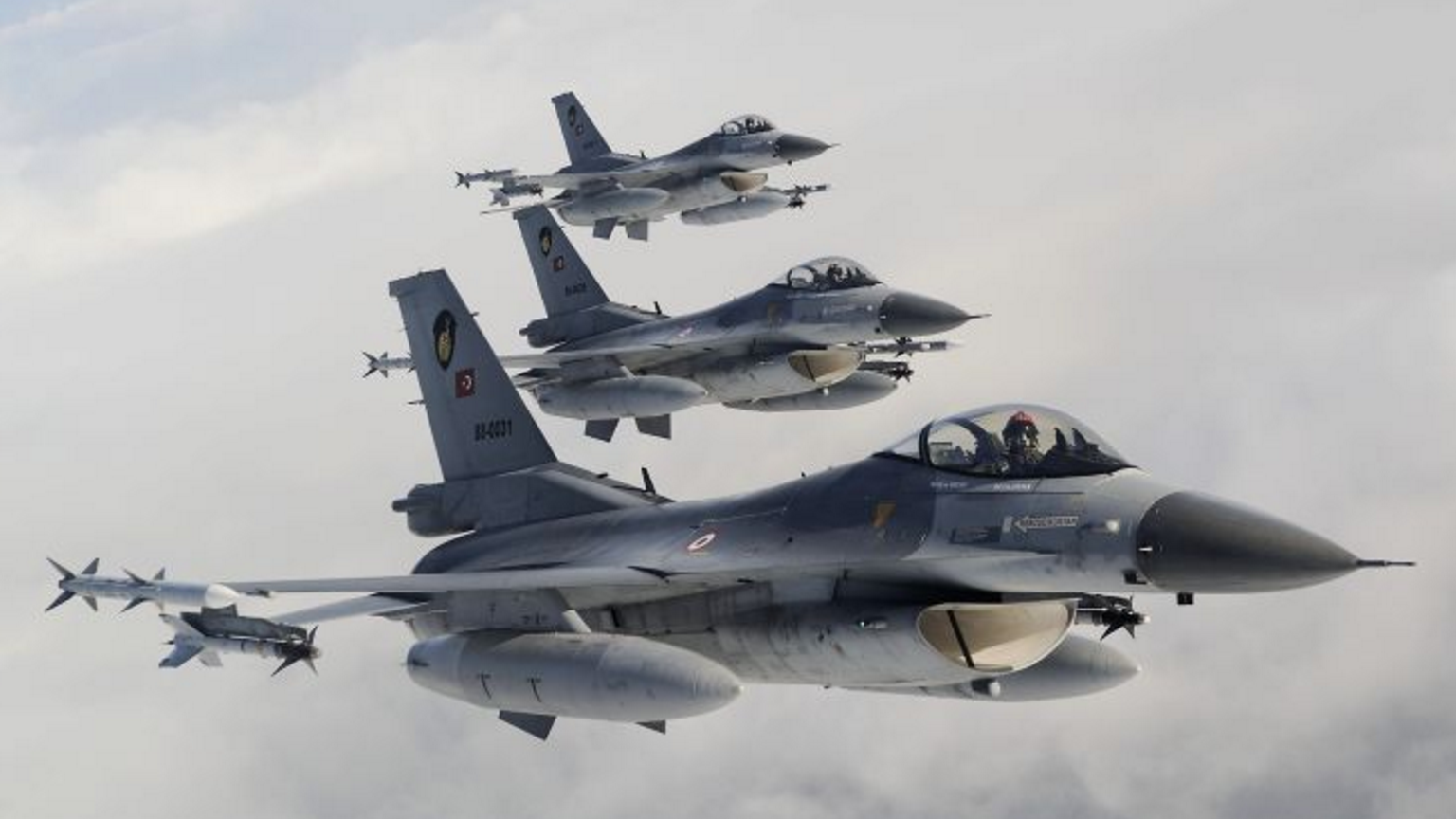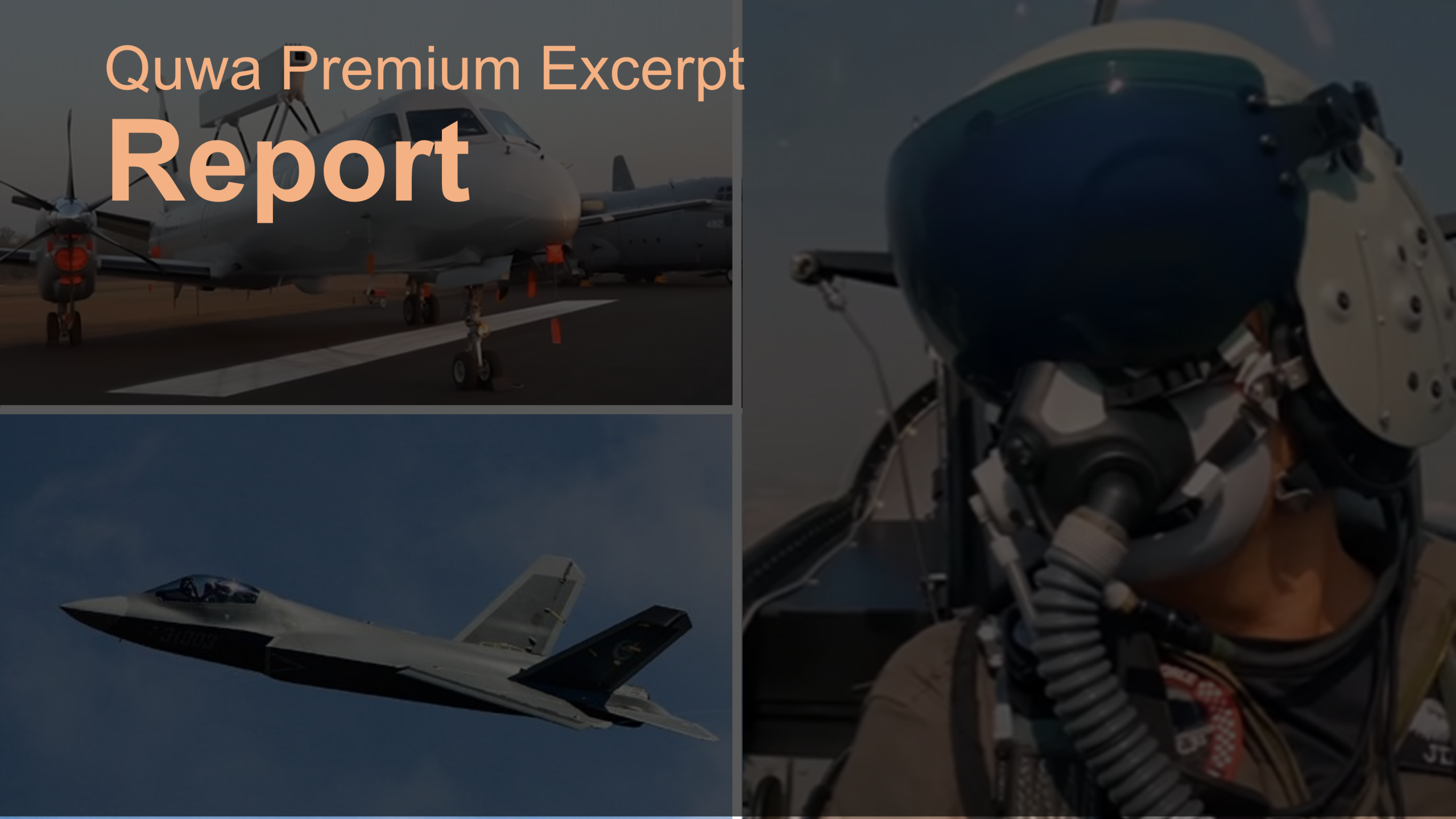Note, the details are still tentative, but a number of significant – and with potentially high geo-political ramifications – events are currently taking place in Turkey, which suffered a failed military coup attempt on Friday against the government of President Recep Tayyip Erdogan. The Turkish Military’s Chief of General Staff, General Hulusi Akar, was also detained by the coup faction. He was rescued and made an appearance before the Turkish parliament on Saturday.
First, the total casualty count resulting from the crisis has risen to more than 290 fatalities and over 1400 injuries, figures that include military personnel and civilians alike. Second, eight coup faction personnel fled to Greece and are currently seeking asylum. With Erdogan’s government detaining alleged plotters, with 6000+ already arrested, it will be worth seeing how Istanbul, Athens and NATO navigate through the question of extradition. This is a truly unprecedented situation.
Speaking of NATO, Turkey has also detained General Bekir Ercan Van, the commander of Incirlik Air Base, which was the home to some of the personnel (and their aircraft – including KC-135 tankers!) involved in the coup attempt. However, Incirlik is also host to U.S. and NATO coalition aircraft involved in operations in Syria. The base was closed temporarily, but it was recently re-opened. In fact, most of America’s personnel – 1500 out of 2200 – are based in Incirlik.
At least two Turkish Air Force (TuAF) F-16s were also used by the rebels, these fighters were deployed from Akinci air base, about 50km northwest of Ankara. According to Reuters, at least 15 TuAF pilots were involved in the coup attempt. In response, F-16s from an air base in Eskisehir (also west of Ankara) were deployed to attack Akinci (likely to neutralize the runways), but the Akinci F-16s kept operating thanks to Incirlik’s KC-135 tanker. One of the coup faction F-16s even had a lock on Erdogan’s aircraft – a Gulfstream IV jet – as it was in the process of landing in Istanbul.
Comment and Analysis
As with the previous article, this is purely tentative, and there is no conclusion on as to who was directly responsible for Friday’s crisis. That said, some analysts are confident in the idea that the coup was not directed by the top leadership of the Turkish military.
Speaking to Reuters, Sinan Ulgen – a retired Turkish diplomat – said that the coup was implemented “outside the chain of command.” This is a major deviation in how coups are typically conducted in Turkey, which are often undertaken by the military’s top leaders with the full support of each of the service arms.
As evident from the fact that other Turkish military units rose to counteract the coup, the coup plotters “had an insufficient portfolio of resources” and were “grossly under-equipped to achieve their strategic objectives,” according to Ulgen. Ulgen is likely referring to the lack of key decision makers in the Turkish military leadership.
Another issue, which certainly helped galvanize a significant portion of the population as well as bystander military units against the coup, was the fact that the rebels opened fire on civilians and civilian targets (e.g. a coup faction AH-1 Cobra firing at civilians).
While Turkish military generals could have been involved in the planning, the nature of the coup itself is more of an uprising (i.e. rebellion), and less of an institution overrunning a government (which had been the case in not only Turkey, but also in Egypt and Pakistan). In the latter case, a coup would have had the support of a military’s core decision makers, and it would have been executed in relatively short order. In the case of an uprising, especially by the hands of a comparatively few units, the margin of failure would (and ultimately was) much higher.




